An op-amp is defined by the following equation
$$V_o = A(V_p - V_n)$$
That formula only applies universally when the op-amp is operating in closed loop and the output is not saturated. And even then, the formula you wrote is missing an important detail:
$$V_o = A_{\boxed{OL}}(V_p-V_n).$$
\$\boxed{OL}\$ stands for open loop. It's the open loop gain that applies here, even though the amplifier must be configured with a closed loop for the formula to apply.
There is no connection from output to input
For the formula above to hold in all conditions, there must be a connection from output to input, and it this connection must form net negative feedback.
In summary, why does op-amp virtual ground not hold in open-loop and positive feedback cases?
Because it is the closed-loop negative feedback that establishes the virtual ground condition. Without that feedback network, there is no way for the output of the op-amp to control the inputs. Op-amp inputs are high impedance. The only way an op-amp can control any of its inputs is via the feedback network. It is the action of this feedback network that allows the op-amp to "create" a virtual ground at one of its inputs.
A real op-amp will have a gain around 100
Closed-loop gain - sure. Open loop gain - no. Not at DC. Any practical op-amp will have an open-loop DC gain of 10V/mV or more. Even the venerable LM741 has typical open-loop gain of 200V/mV: that's 200,000.

Image source: Texas Instruments LM741 datasheet
Assuming an op-amp without an offset voltage, the closed-loop voltage between the inputs will be impossible to measure with cheap multimeters. 1mV of error (without offset) is a lot for any modern low-voltage op-amp.
Thus, a more realistic relationship would be
$$V_p-V_n = 1.8/(50\cdot10^3) = 1.8/(5\cdot10^4) \approx \frac{2}{5}10^{-4} = 40{\,\rm \mu V}.$$
You'll need a decent multimeter to measure that. Or a preamplifier, with the offset trimmed out. Even precision and "zero offset" op-amps may have offset too high to amplify such a small voltage accurately without offset nulling.
